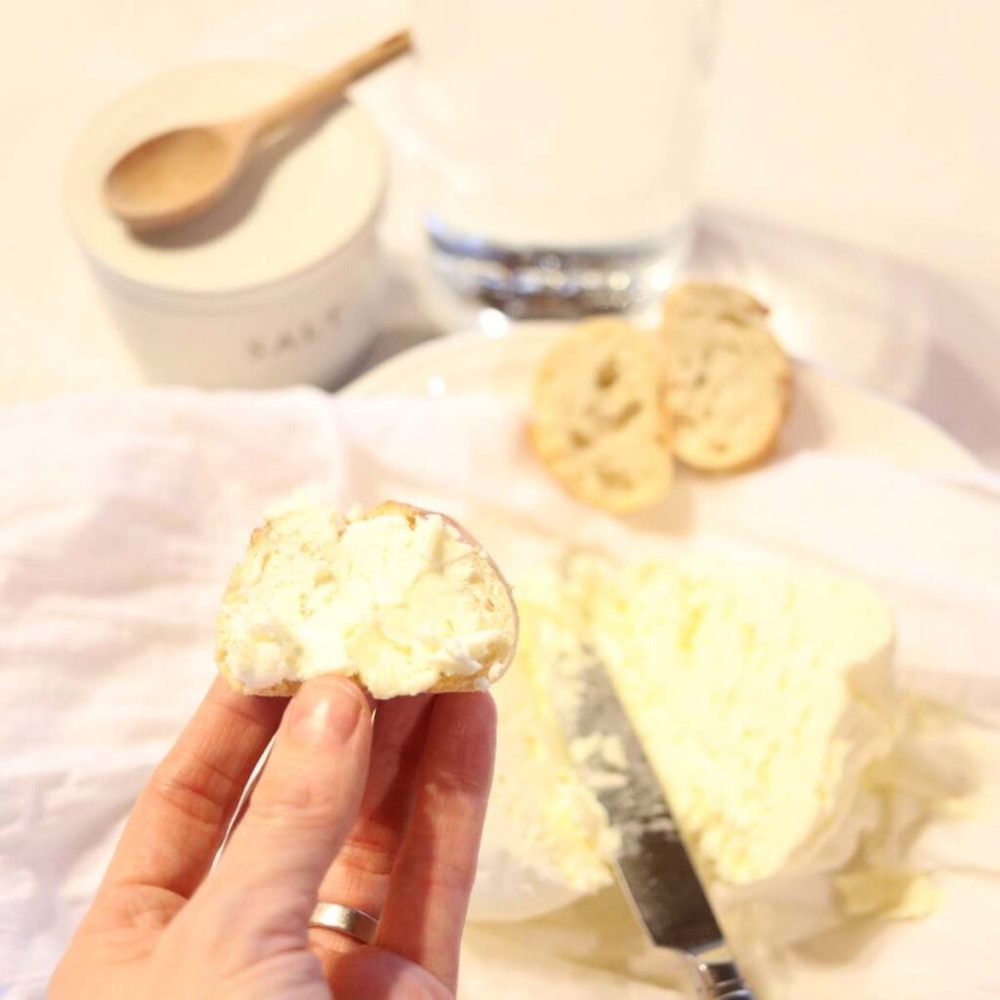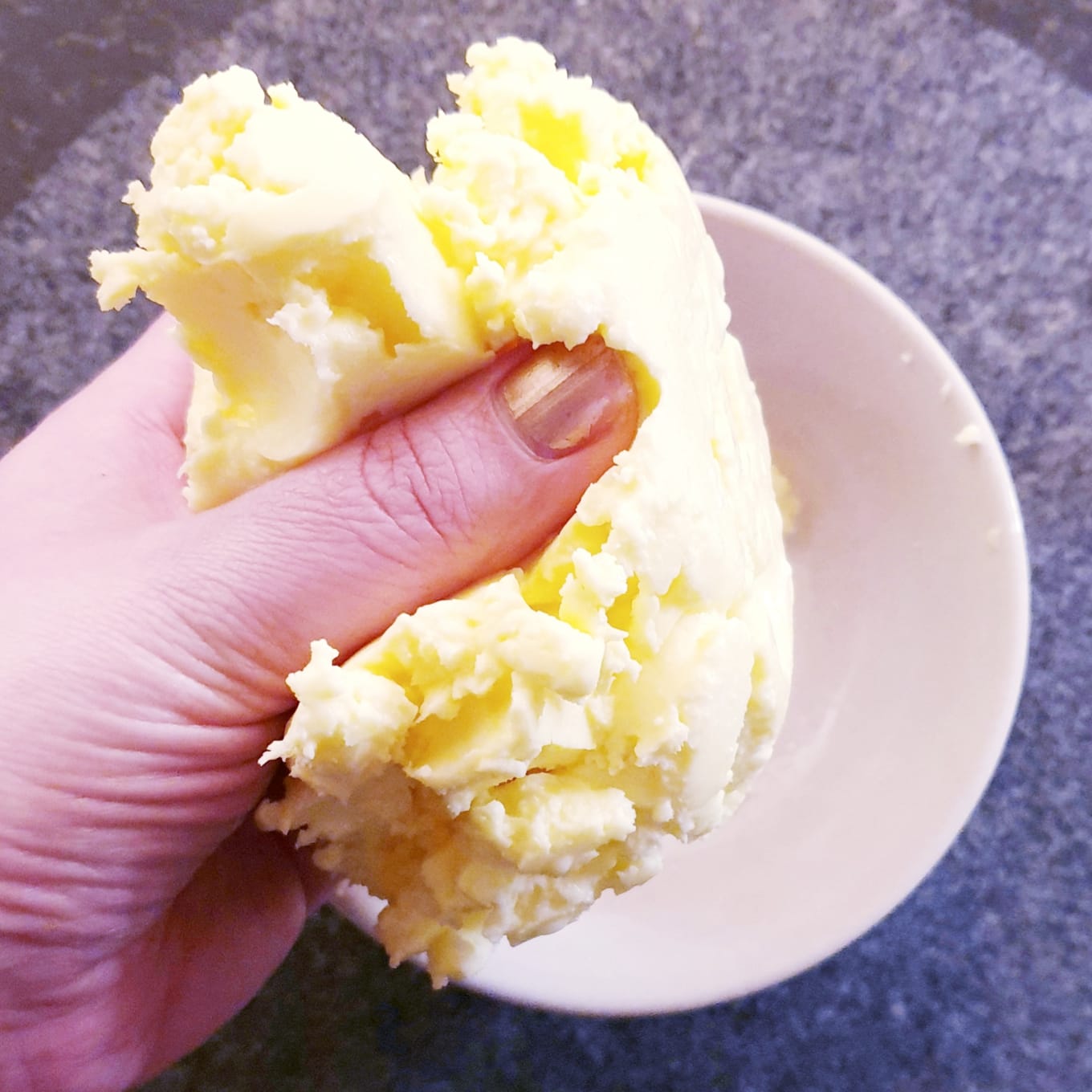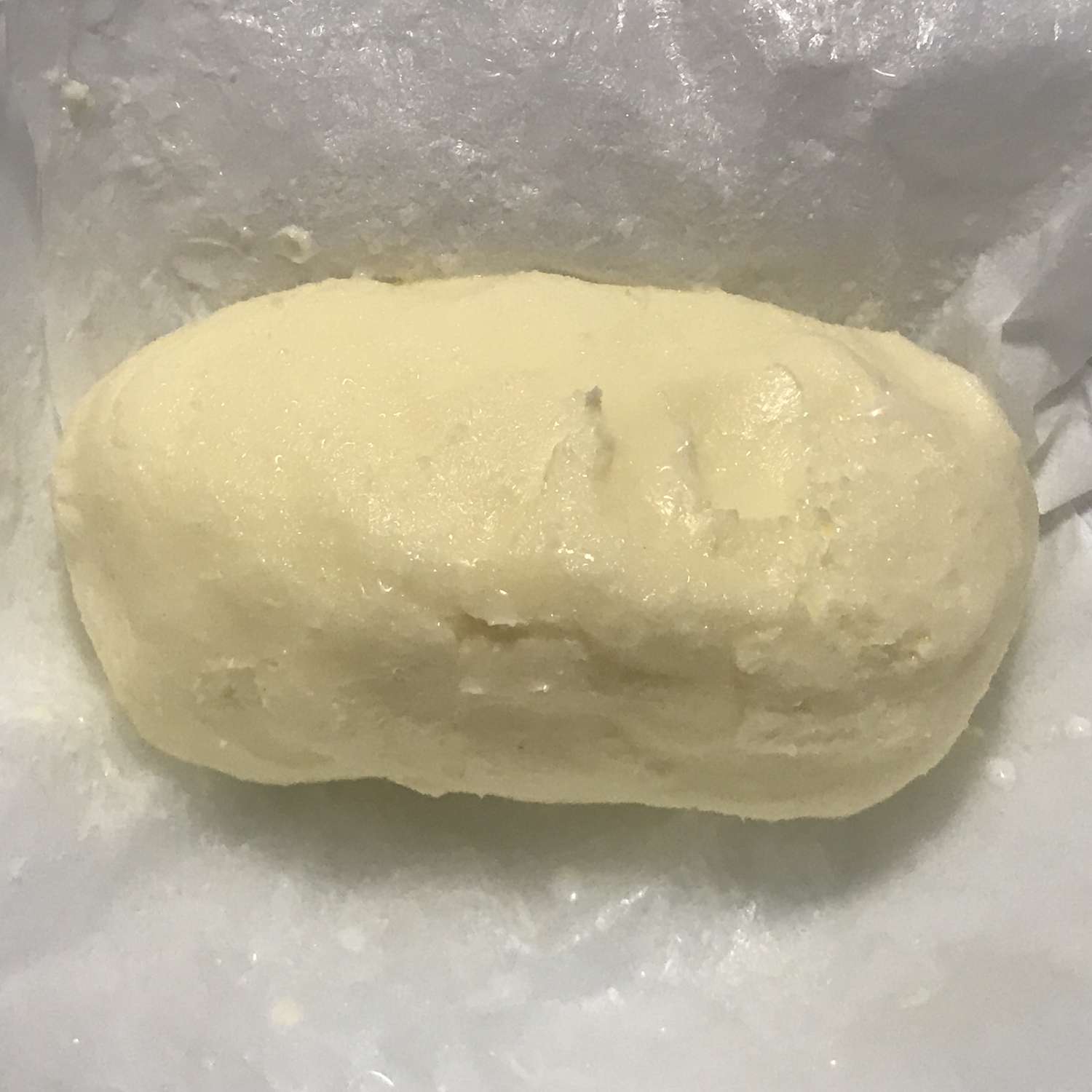
Making butter in a food processor is a rewarding culinary project that many may overlook in today’s fast-paced lifestyle. We often rely on store-bought butter, not considering the simplicity and freshness of homemade butter. The process is not only straightforward but also a joyful experience that can be shared with family and friends, creating lasting memories in the kitchen. This article will guide you through the step-by-step process of making butter in a food processor, providing background knowledge and tips to ensure your endeavor is successful.
Understanding What Butter Is
Before delving into the process of making butter in a food processor, it’s important to familiarize ourselves with what butter is. At its core, butter is a dairy product made from the fat and protein components of milk or cream, often cow’s milk. The primary ingredient used in making butter is heavy cream, which is rich in milkfat and capable of turning into butter when churned vigorously.
Types of Fats in Butter
Butter is composed primarily of saturated fats, which many people are wary of due to health concerns. However, it also contains monounsaturated and polyunsaturated fats, which can be beneficial in moderation. Understanding the types of fats present can help you make informed choices about butter’s role in your diet.
Health Benefits
Despite the saturated fat content, butter contains several key vitamins and nutrients. For instance, it’s a source of vitamin A, which is vital for eye health, and it contains vitamin K2, which may support bone health and cardiovascular function. Additionally, the fat present in butter can aid in the absorption of fat-soluble vitamins, enhancing overall nutrition.
Equipment Needed
To successfully make butter in a food processor, you’ll need some specific equipment. Below is a list of what you’ll require:
Food Processor
A high-powered food processor is essential for the process. Ensure that it has a strong motor, as you need it to work hard to create the friction necessary for butter formation.
Heavy Cream
This is your main ingredient, so choose a good quality heavy cream. The cream should have a fat content of at least 36% to produce butter effectively.
Bowl and a Strainer
You’ll need a bowl to collect the buttermilk, which separates from the butter during the process. A fine-mesh strainer or cheesecloth will help strain out the whey.
Spatula
A spatula will be useful for scraping down the sides of the food processor to ensure that all cream is incorporated evenly.
Additional Ingredients (Optional)
If desired, you can add salt or herbs for flavoring your butter. Sea salt, fresh garlic, basil, or chives are great options to customize the taste to your preference.
Step-by-Step Process to Make Butter in a Food Processor
Now that we have a sound understanding of butter, its health benefits, and the necessary equipment, we can dive into the step-by-step process of making butter in your food processor.
Step 1: Gather Your Ingredients
The first step in your butter-making adventure is to gather your ingredients and equipment.
- Heavy Cream: Pour two cups of heavy cream into the bowl of the food processor.
- Optional Flavorings: If you wish to flavor your butter, prepare your chosen ingredients, such as salt or herbs.
Step 2: Blend Until Whipped Cream Forms
Start the food processor on a low setting, and gradually increase the speed. Blend the cream until it thickens into whipped cream. This stage usually takes about 3 to 5 minutes. You will see soft peaks forming, indicating that the cream has reached the whipped stage.
Step 3: Continue Blending
After reaching the whipped cream stage, don’t stop there! Keep the processor running. At this point, the whipped cream will begin to thicken further, and you’ll notice the texture becoming grainy. This is the crucial moment where the milkfat is beginning to separate from the buttermilk.
Step 4: Watch for Separation
Continue processing for about 5 to 8 more minutes. You’ll eventually see a yellow mass forming; this is the butter, and a liquid will start to separate. This liquid is buttermilk, and it is a natural byproduct of the butter-making process. When you see this separation, it’s a clear sign that your butter is almost ready.
Step 5: Strain the Buttermilk
Once you’ve achieved the desired separation, it’s time to strain the buttermilk. Carefully transfer the contents of the food processor into a fine-mesh strainer or cheesecloth set over a bowl. Allow it to sit for a few minutes, so the buttermilk drains completely. This buttermilk can be saved for use in recipes like pancakes or biscuits.
Step 6: Rinse the Butter
After the buttermilk has been drained, it’s essential to rinse the butter under cold water. This step helps to wash away any residual buttermilk, which could lead to spoilage. Use your hands or a spatula to work the butter gently under cold running water.
Step 7: Season the Butter
Once rinsed, you’ll have a beautifully formed butter. At this stage, you can add any seasonings if desired. If you want to make salted butter, sprinkle in some sea salt to taste and mix it with a spatula until well incorporated. For herbed butter, finely chop your chosen herbs and incorporate them for a delicious twist.
Step 8: Use or Store Your Butter
Your homemade butter is now ready to be used! Spread it on toast, melt it into a dish, or utilize it in your favorite recipes. If you have made a larger batch or would like to store some for later, transfer the butter into an airtight container and store it in the refrigerator. Homemade butter can last about one to two weeks in the fridge or up to six months in the freezer.
Tips and Tricks for Success
While making butter in a food processor is a relatively straightforward process, there are several tips and tricks that can make your experience even better:
Choose Quality Ingredients
The quality of your butter will largely depend on the cream you use. Opt for organic, high-quality heavy cream for the richest flavor and best results.
Experiment with Temperature
Using cold cream can help the butter-making process, as it tends to whip better when it is chilled. However, some people prefer to let the cream sit out for a short while to bring it slightly closer to room temperature for a smoother emulsification.
Avoid Overprocessing
Be cautious not to overprocess the cream. When you see that the butter has formed and the buttermilk has separated, it’s essential to stop the food processor. Overprocessing can lead to a grainy texture or overworked butter.
Customize Your Butter
Don’t hesitate to get creative! You can easily customize your butter with various flavors. Consider citrus zest, spices, or roasted garlic for uniquely flavored butters. The options are endless!
Common Mistakes to Avoid
Even an easy process like making butter in a food processor can be prone to pitfalls. Here are some common mistakes to watch out for:
Not Using Enough Cream
Using too little cream can result in a batch that won’t separate properly. Stick to at least two cups for consistent results.
Skipping the Rinsing Step
Failing to rinse your butter properly can lead to spoilage. This step isn’t just a suggestion; it’s crucial for extending the shelf life of your homemade product.
Use of Hot Equipment
If your food processor has been heated up from previous tasks, it can affect how your butter turns out. Allow the processor to cool down for a few minutes if it has been used extensively beforehand.
 Celebrating Your Homemade Butter
Celebrating Your Homemade Butter
The satisfaction of creating your own butter can be immensely fulfilling. Whether you make it for yourself, gift it to a friend, or use it to elevate a meal, homemade butter brings a unique and delightful character to your table.
Making butter is an interactive process that can be fun with family or friends. Invite loved ones to join in, and you might find that it fosters a newfound appreciation for homemade products. Encourage them to try it at home and share their results!
Choose Sustainable Practices
If possible, consider using local, organic heavy cream for more sustainable and community-focused cooking. This not only supports local farms but also ensures that the ingredients are fresher.
Conclusion
Making butter in a food processor is a fantastic way to indulge in a culinary activity that results in a delicious and versatile product. With a bit of heavy cream and a food processor, you have the power to create something truly special. Don’t forget the health benefits that come with using quality ingredients and the joy of experimentation in your kitchen. Now that you know how to make butter in a food processor, gather your ingredients and enjoy this delightful process. Happy butter-making!







